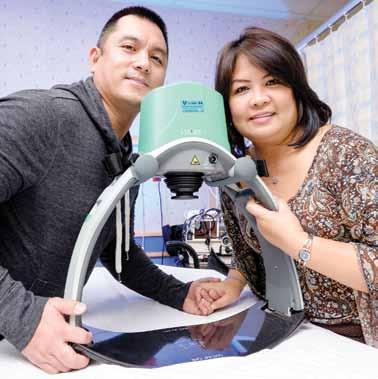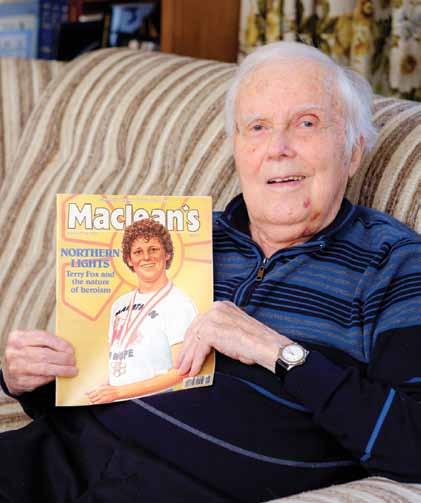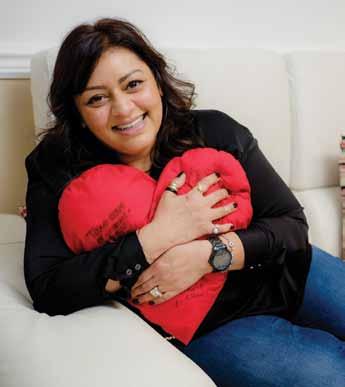
2 minute read
Blood smart
Interview BLOOD SMART
Dr. Sukh Brar is an anesthesiologist at Royal Columbian Hospital as well as President of the BC Anesthesiologists Society. He’s leading efforts at Royal Columbian to find ways to reduce the need for blood transfusions during cardiac surgery. Our thanks to Canadian Pacific for supporting this initiative (see page 4)
Foundation: How did you develop an interest in blood conservation? Dr. Brar: When I finished my medical residency, I spent a lot of time in the cardiac operating room in Edmonton, and that part of the hospital happens to be where the majority of blood transfusions are done. The common belief up until a few years ago was that blood is the life-giving force. Yes, it’s true that blood does save lives, and it’s important for people to donate blood. But we are now looking at how we can use that blood more effectively.
Foundation: How can we be more effective? Dr. Brar: One way hospitals can do that is by making sure we are delivering the right blood product to the right patient at the right time for the right reason. By that, I mean we don’t necessarily need to give blood transfusions to patients as we have in the past. Quick tests that can be done right in the operating room can help determine if there’s something deficient that’s causing a patient to bleed. We can find out whether your platelet count is low, whether you need plasma, or whether your blood is clotting appropriately. I can use that information to make decisions about whether a patient needs blood products. Foundation: Royal Columbian is part of a Canada-wide trial? Dr. Brar: We are part of a multicentre trial, 12 hospitals, to see whether we can actually reduce the amount of blood transfusions. During a similar trial at Toronto General, they used a device called ROTEM to reduce their red blood cell transfusions by 30 percent, plasma transfusions by 50 percent and platelet transfusions by 40 percent, and they actually had better patient outcomes.
Foundation: Why are patients better off? Dr. Brar: If you’re giving something to people that they don’t need, you are increasing their risk of infection, risk of pneumonia, risk of kidney damage.
Foundation: This test gives you information quickly? Dr. Brar: Without this device, testing can take 45 minutes to an hour. We would send a blood sample to the lab and wait for the results to come back before we get an answer about why a patient is bleeding during surgery. With this test using the ROTEM device, the results can come back in five to 10 minutes. If the trial shows the same results as in Toronto General, it has the potential to completely change how we manage blood transfusions for patients in cardiac surgery.
Wesgroup is a proud supporter of the Royal Columbian Hospital and an advocate to advancing the health care facilities in BC’s fastest growing region.







